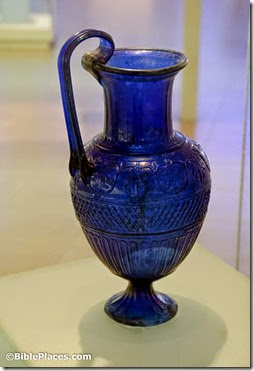They now think they know who was buried in the Amphipolis tomb. This article has more details and illustrations.
King Tut’s beard was knocked off and then re-attached with epoxy glue. Here’s a close-up of the botched repair.
Leen Ritmeyer suggests a location for the stairs of the Antonia Fortress where Paul went up and down.
Medical imaging technology has been put to use in reading burned papyri from Herculaneum.
Approval has been given to re-open the old Acropolis Museum.
You can subscribe to the weekly podcast of The Book and the Spade at christianaudio.com. This week Clyde Billington gives an update on Temple Mount archaeology. Last week I addressed the problem of sensational stories in biblical archaeology.
The latest issue of Ancient Near East Today is now available.
Ferrell Jenkins shares photos of Aphek/Antipatris and the “other Aphek.” I particularly like his aerial photo of the northern site.
Miriam Feinberg Vamosh describes the history of Jezreel and its recent excavations in an illustrated pdf article at The Bible and Interpretation.
Iraq is seeking to have the ruins of Babylon put on the UNESCO World Heritage List.
ICYMI: Accordance photo collections are on sale through Monday.
HT: Ted Weis, Agade


